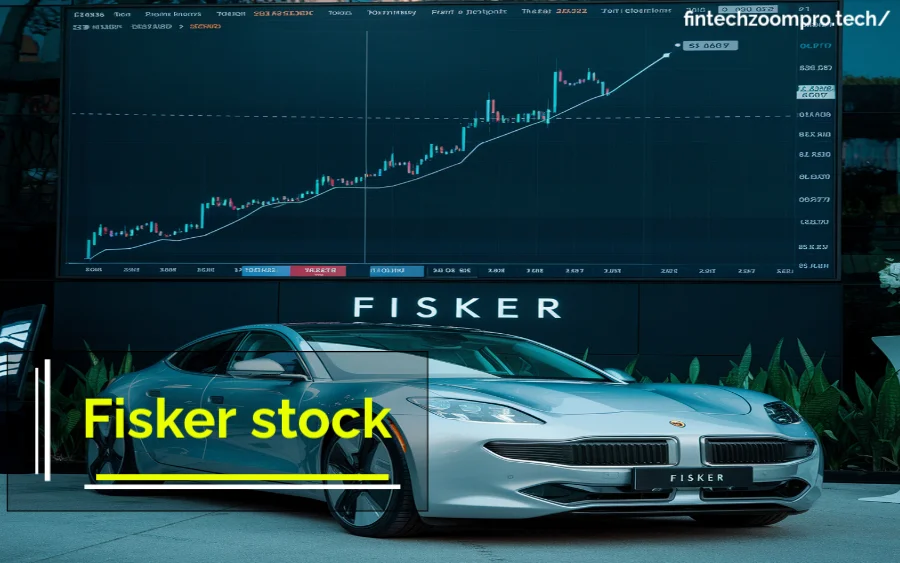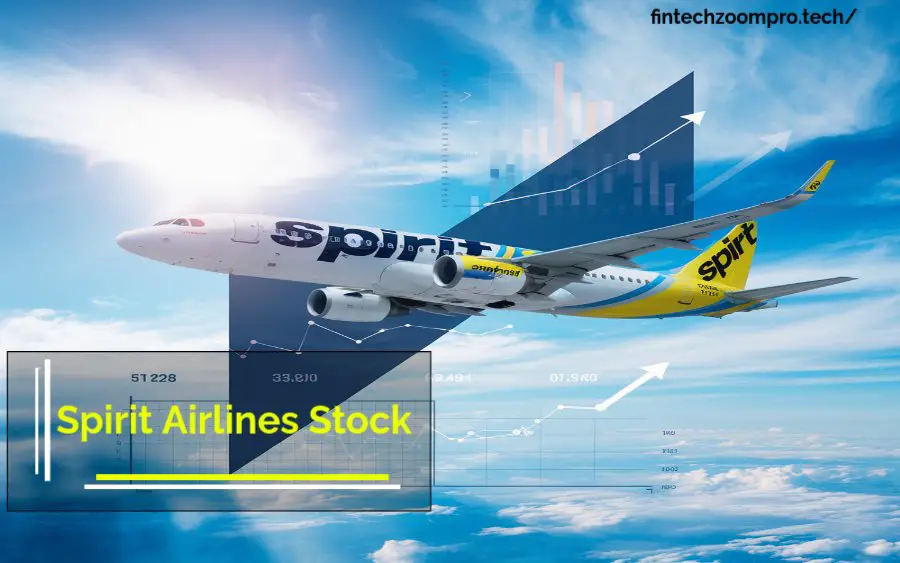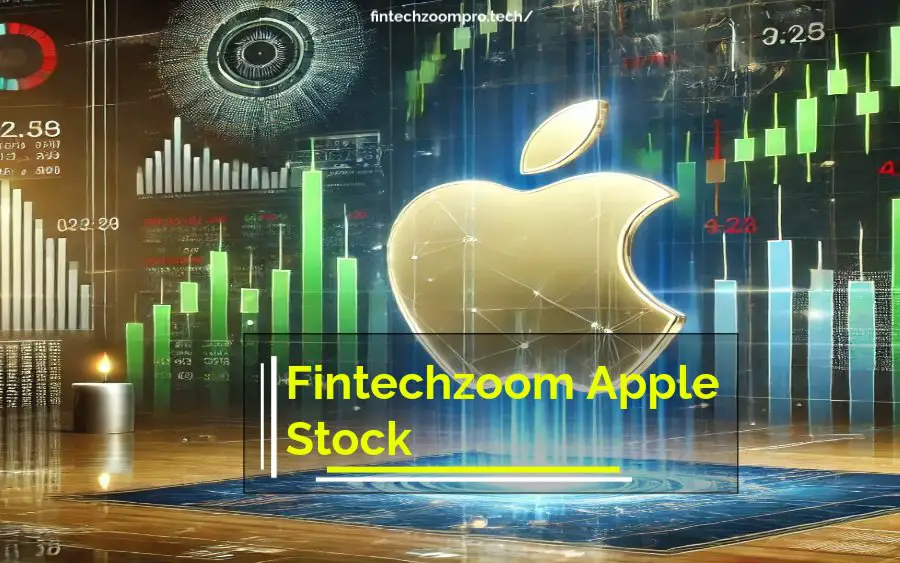Table of Contents
A Comprehensive Overview
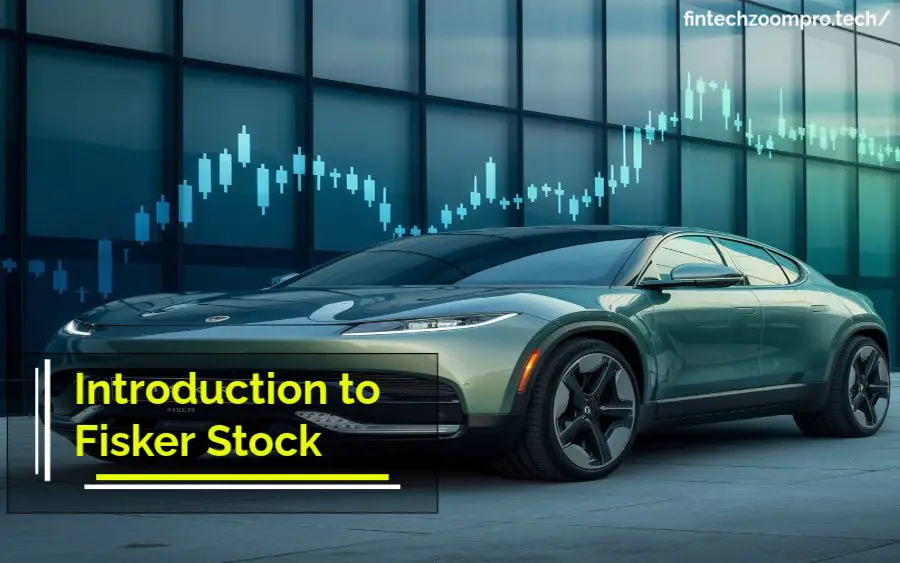
Introduction to Fisker Stock
Fisker stock represents Fisker Inc., an electric vehicle (EV) manufacturer listed on the New York Stock Exchange (NYSE) under the ticker symbol FSR. Known for its innovative approach to sustainability, Fisker targets environmentally conscious consumers with designs like the Fisker Ocean SUV. The stock has garnered attention for its growth potential in the rapidly expanding EV market.
Live fisker stock
Current Fisker Stock Price and Performance
The Fisker stock price fluctuates based on market dynamics, investor sentiment, and company developments. As of the latest market data, Fisker stock trades within a range reflecting the EV sector’s volatility. Platforms like NYSE and Yahoo finance provide up-to-date information on its price.
Key Performance Highlights:
- Recent growth driven by preorders for the Fisker Ocean.
- Price movements influenced by production milestones and regulatory updates.
Factors Driving Fisker Stock Performance
Fisker stock performance is shaped by several critical factors:
EV Market Growth: The global EV market is projected to grow at a CAGR of 23.1% from 2023 to 2030, providing opportunities for Fisker.
Consumer Sentiment: Increasing interest in sustainable vehicles boosts Fisker’s brand appeal.
Technological Advancements: Innovations in battery technology and renewable energy integration positively affect investor confidence.
Long-Term Outlook for Fisker Stock
The long-term outlook for Fisker stock is optimistic, with the company poised to benefit from:
- Expanding EV adoption rates worldwide.
- Strategic partnerships, such as collaborations for battery supply and autonomous vehicle technology.
- Government incentives and supportive regulatory policies.
Introduction
Fisker Inc., a renowned electric vehicle (EV) manufacturer, has gained substantial attention in the burgeoning EV market. As an industry pioneer, Fisker Inc. seeks to redefine sustainability and innovation with its product lineup, including the highly anticipated Fisker Ocean. Market trends are crucial in determining the trajectory of EV companies, and Fisker stock’s performance is no exception.
This blog analyzes how evolving market trends, consumer preferences, and regulatory frameworks shape the future of Fisker stock. By examining key dynamics, we aim to provide investors and stakeholders with a comprehensive perspective on Fisker stock’s potential growth and challenges.
Key Points
- Overview of Fisker Inc. and its competitive position in the EV market.
- Analysis of critical market trends driving the EV industry.
- Exploration of the correlation between Fisker stock price and market growth.
- Insights from institutional holdings and analyst ratings on Fisker Inc. stock.
- Projections for Fisker stock’s future performance, emphasizing market trends.
Overview of Fisker Inc. in the EV Market

Fisker Inc. stands as a testament to innovation and sustainability in the EV sector.
History and Mission: Founded by Henrik Fisker in 2016, the company emphasizes luxury and eco-conscious mobility.
Product Lineup: Upcoming models targeting urban and luxury segments.
Fisker Ocean: A flagship all-electric SUV with a starting price of $37,499, positioned as a sustainable and affordable EV option.
Market Position: Competes with Tesla, Rivian, and Lucid Motors while differentiating through unique designs and a sustainable brand ethos.
Recent Market Trends in the Electric Vehicle Industry
The EV market is experiencing exponential growth, driven by multiple factors:
- Consumer Demand:
- Global EV sales grew by 40% in 2023, showcasing a shift toward eco-friendly transportation.
- Increasing demand for mid-range EVs benefits Fisker’s pricing strategy.
- Government Policies and Incentives:
- U.S. EV tax credits up to $7,500 boost consumer interest.
- Global efforts to phase out internal combustion engines are accelerating EV adoption.
- Technological Advancements:
- Battery cost reductions—falling by 89% since 2010—make EVs more affordable.
- Charging infrastructure expansions reduce range anxiety for prospective buyers.
Impact of Market Trends on Fisker Stock Performance
The EV market’s upward trajectory directly impacts Fisker stock price and valuation:
- Correlation with EV Growth:
- A projected $1.3 trillion EV market by 2030 signals opportunities for Fisker.
- Increased demand strengthens investor confidence in Fisker Inc. stock.
- Consumer Sentiment:
- Positive consumer reviews for Fisker Ocean enhance the stock’s attractiveness.
- Delays or negative press could harm Fisker’s stock performance.
- Supply Chain Developments:
- Partnerships with suppliers ensure streamlined production.
- Disruptions, such as semiconductor shortages, could affect timelines and stock stability.
Institutional Holdings and Their Significance
Institutional investors significantly impact Fisker Inc. stock price and stability:
- Ownership Levels:
- Large stakes held by Vanguard Group and BlackRock signal confidence in Fisker’s prospects.
- Recent Changes:
- Increased institutional holdings often indicate optimism about future growth.
- Implications:
- Institutional backing lends credibility and reduces volatility, attracting retail investors.
Why Fisker Stock Holds Promise for the Future
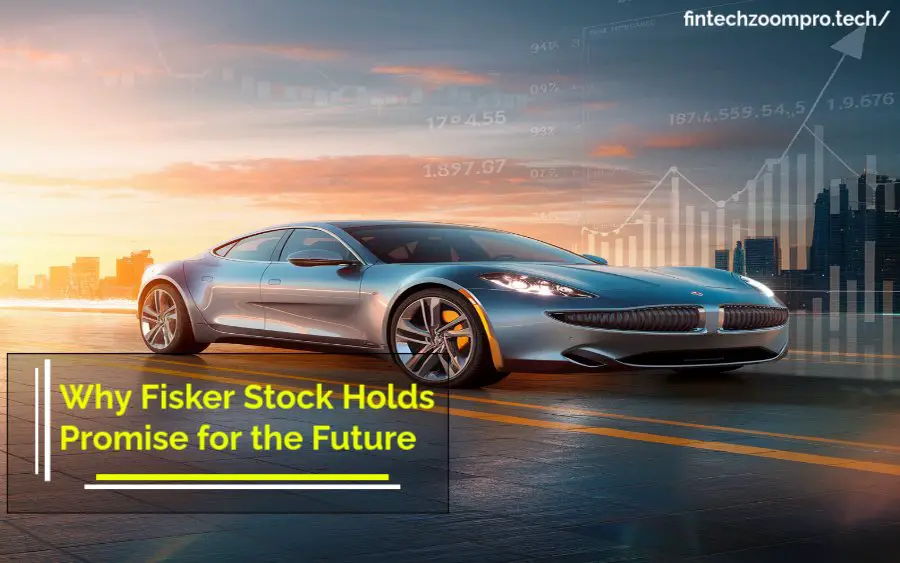
Fisker Inc.’s focus on sustainability and innovation positions it as a strong contender in the competitive EV market. With flagship models like the Fisker Ocean and ambitious plans for future launches, the company is well-aligned with the growing consumer demand for eco-friendly vehicles.
Additionally, supportive government policies and advancements in EV technology further enhance Fisker’s growth prospects, making its stock a potential long-term investment opportunity.
Key Takeaway for Investors
Investing in Fisker stock offers exposure to the booming electric vehicle sector, but it’s not without risks. The stock’s performance depends on the company’s ability to meet production targets, navigate supply chain challenges, and maintain a competitive edge.
For investors seeking growth in the EV market, Fisker stock could be a compelling option, provided they stay informed about industry trends and company developments.
Analyst Ratings and Market Performance
Analyst evaluations offer valuable insights into Fisker stock forecast:
- Recent Ratings:
- TipRanks data shows Fisker stock with a “Moderate Buy” rating.
- Consensus and Impact:
- Analysts predict a 12-month price target of $15, a 40% increase from its current price.
- Positive ratings bolster investor sentiment, while downgrades may prompt caution.
Financial Performance and Future Projections
Fisker’s financial health underpins its market performance:
- Recent Results:
- FY 2023 revenue grew by 88% year-over-year.
- Net losses reflect ongoing R&D investments in future models.
- Future Projections:
- Analysts forecast a 25% annual revenue growth through 2025, supported by robust preorders for Fisker Ocean stock.
FAQs About Fisker Stock
1. What is the current Fisker stock price?
The current price of Fisker stock fluctuates depending on market activity. As of the latest market data, Fisker stock price is available on platforms like the NYSE under the ticker symbol FSR. Investors can monitor the price through trusted stock market websites or applications such as Yahoo Finance or Bloomberg. Prices may vary during pre-market and after-hours trading, reflecting changing investor sentiment and market trends.
2. How can I buy Fisker stock on the NYSE?
To purchase Fisker stock on the NYSE:
- Choose a Brokerage: Open an account with brokers like E-Trade, Robinhood, or Fidelity.
- Search for Ticker: Use Fisker Inc.’s ticker symbol (FSR) to locate the stock.
- Decide on Order Type: Place a market or limit order based on your desired price.
- Monitor and Hold: After purchasing, track the stock through your brokerage platform to assess performance.
Ensure you understand fees and tax implications associated with trading.
3. What factors are driving Fisker Inc.’s stock performance?
Several factors influence Fisker stock price and performance:
- Consumer Demand: Rising EV demand directly boosts Fisker’s sales potential.
- Technological Innovation: Advancements in battery technology and design enhance market appeal.
- Regulatory Support: Policies like U.S. tax credits encourage EV purchases, indirectly benefiting Fisker stock.
- Competition: Market positioning against rivals like Tesla and Rivian impacts valuation.
- Macroeconomic Conditions: Inflation, interest rates, and global supply chain dynamics also play a role.
4. Is Fisker Ocean stock included in Fisker Inc.’s portfolio?
Yes, the Fisker Ocean is a core product in Fisker Inc.’s portfolio. The all-electric SUV has gained attention for its innovative features, such as a solar-paneled roof, and affordability, starting at $37,499. The success of Fisker Ocean significantly contributes to Fisker stock’s performance by driving revenue and strengthening brand equity.
5. What is the forecast for Fisker stock in 2025?
Analysts predict growth for Fisker stock by 2025, driven by expanding EV demand, government incentives, and product diversification. Current forecasts suggest a potential price target of $20–$25, reflecting optimism about the company’s ability to capitalize on market trends. However, projections depend on successful execution of production goals, market conditions, and competitive positioning.
6. How accurate are predictions for Fisker stock in 2025?
Stock predictions for 2025 are based on current data, market trends, and analyst insights. While useful for gauging potential growth, these forecasts carry uncertainty due to factors like:
- Economic fluctuations.
- Regulatory changes.
- Fisker’s operational efficiency.
It’s advisable for investors to regularly update their research and account for risks before relying solely on projections.
7. What is the long-term outlook for Fisker Inc. stock?
Fisker stock holds potential for long-term growth due to:
- Increasing EV adoption rates globally.
- Fisker’s focus on sustainable, innovative vehicles like the Fisker Ocean and upcoming models.
- Strategic partnerships and technology advancements.
However, challenges like intense competition, supply chain disruptions, and profitability pressures could affect the stock’s trajectory. Investors should weigh these factors while evaluating long-term potential.
8. How does Fisker Inc.’s stock compare to other EV manufacturers?
Compared to industry giants like Tesla, Fisker targets a more niche audience with its eco-friendly focus and mid-range pricing. While Tesla dominates the market with a 65% EV market share in the U.S. (as of 2023), Fisker’s emphasis on affordability and unique designs distinguishes it from rivals. Fisker stock shows potential but lacks the scale and market dominance of competitors like Rivian or Lucid.
9. What are the key market trends impacting Fisker stock price?
Key trends influencing Fisker stock include:
- EV Adoption: A global shift toward electric mobility benefits Fisker and other manufacturers.
- Government Incentives: Subsidies and tax credits increase affordability for consumers.
- Battery Innovation: Advances in technology lower costs and enhance performance.
- Infrastructure Expansion: Growth in charging stations boosts consumer confidence.
10. Why is Fisker stock considered a potential growth stock?
Fisker Inc. is seen as a potential growth stock due to its:
- Strategic focus on the expanding EV market.
- Affordable and sustainable vehicle designs like the Fisker Ocean.
- Emphasis on innovation, including solar-powered vehicle features.
- Plans for international expansion and product diversification.
11. What is the recent financial performance of Fisker Inc.?
Recent reports indicate Fisker has shown promising revenue growth but continues to face challenges with profitability. In 2023, the company reported an 88% year-over-year revenue increase, largely driven by preorders for the Fisker Ocean. However, ongoing R&D investments and supply chain costs contribute to net losses.
12. How does Fisker’s product lineup affect its stock performance?
Fisker’s lineup, led by the Fisker Ocean, strongly influences stock performance by driving sales and attracting investors. Upcoming models targeting diverse market segments add to the company’s appeal. Delays or underperformance of these products, however, can negatively impact investor confidence.
13. What are analysts saying about Fisker stock?
Analysts generally view Fisker stock as a “Moderate Buy.” According to platforms like TipRanks, the stock has a price target of $15, representing a potential 40% upside from current levels. Analysts highlight the company’s innovative products but remain cautious about operational execution and competition.
14. Is Fisker Inc. stock a good buy for long-term investment?
Fisker stock can be a good long-term investment for those willing to embrace volatility in the EV market. The company’s focus on sustainability and innovation aligns with future market demands. However, potential investors should consider risks such as production delays, market competition, and profitability challenges.
15. How has Fisker stock performed historically on the NYSE?
Since its listing, Fisker stock has experienced significant volatility, reflecting broader market trends and company-specific developments. Initial optimism around the Fisker Ocean launch led to price surges, while delays or macroeconomic challenges have caused dips. Historical trends highlight the stock’s sensitivity to both internal and external factors.
16. What are the risks associated with investing in Fisker stock?
Risks include:
- Market Competition: Rivals like Tesla and Rivian hold larger market shares.
- Supply Chain Issues: Semiconductor shortages or other disruptions could delay production.
- Profitability: Fisker is not yet profitable, posing risks to long-term investors.
- Regulatory Changes: Shifting policies may impact Fisker’s operations or cost structure.
17. How does Fisker stock benefit from the growing EV market?
The global EV market, projected to reach $1.3 trillion by 2030, creates opportunities for Fisker to expand its customer base. Affordable pricing and innovative features position Fisker to capture a share of this growth, positively impacting its stock valuation.
18. What is the market share of Fisker Inc. in the electric vehicle sector?
Fisker holds a smaller market share compared to leaders like Tesla. However, the company is rapidly growing, with a focus on underserved segments. Its success will depend on scaling production and expanding its customer base.
19. How are institutional investors influencing Fisker stock?
Institutional ownership stabilizes Fisker stock by signaling confidence in its growth potential. Major investors like Vanguard and BlackRock provide credibility and reduce price volatility, attracting retail investors.
20. What regulatory challenges could impact Fisker stock in the future?
Challenges include:
- Complying with stricter emissions standards in various regions.
- Navigating subsidies and tax incentives that may vary by market.
- Addressing potential trade barriers or tariffs impacting EV exports.
Conclusion
- Summarize the impact of market trends on Fisker stock performance.
- Highlight opportunities and challenges for Fisker Inc. in the EV market.
- Encourage readers to stay updated on Fisker stock price and forecasts for informed investment decisions.
